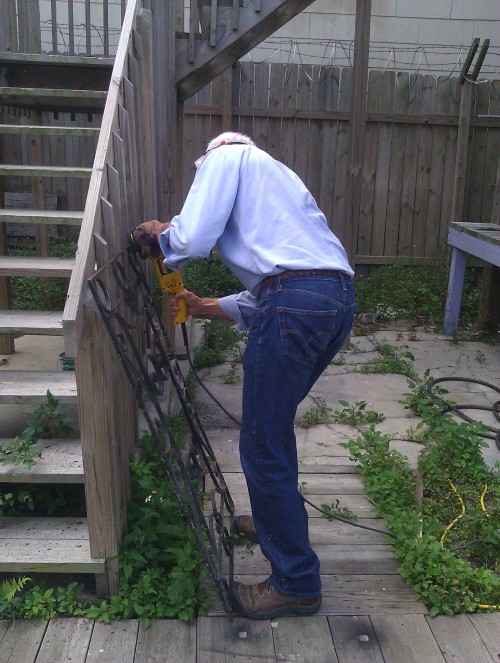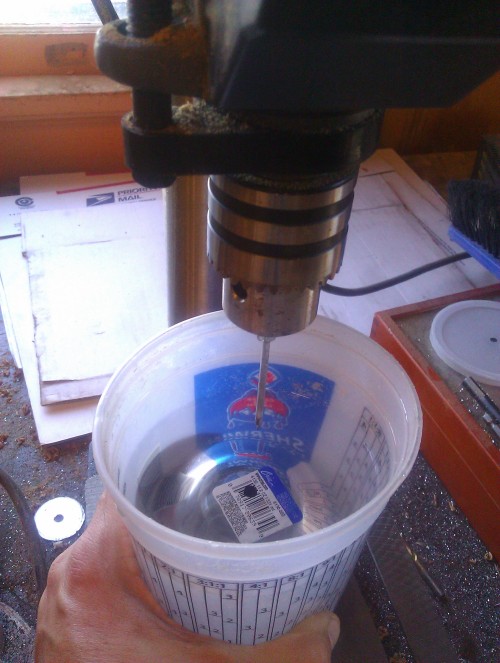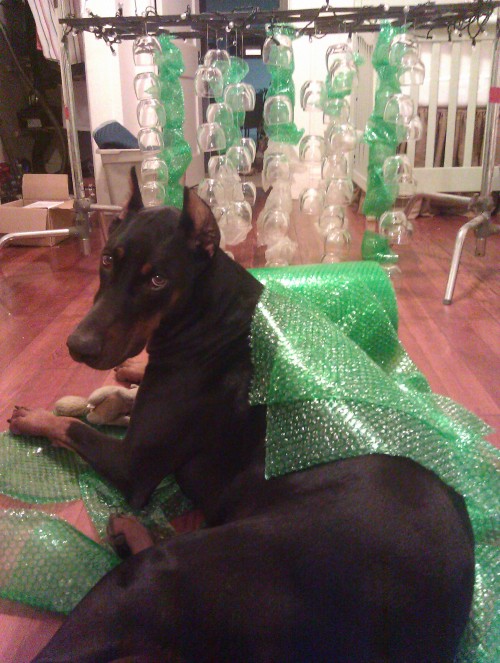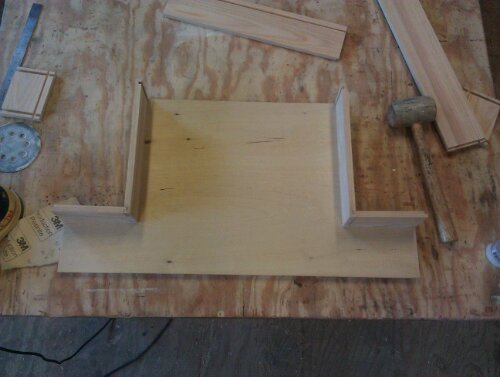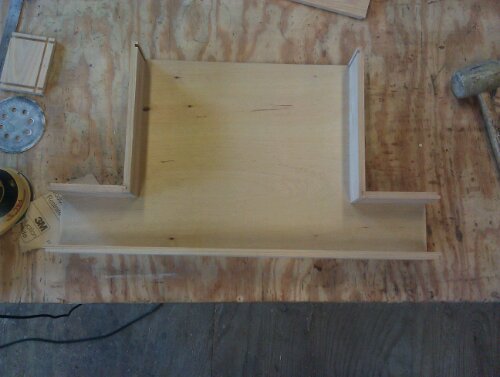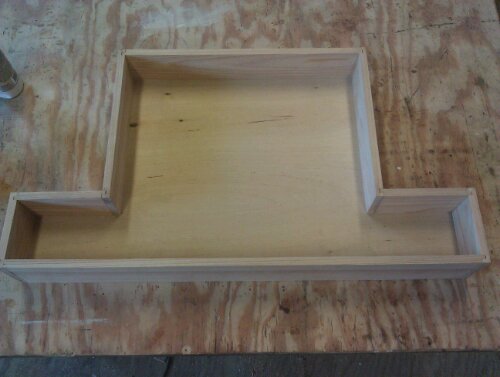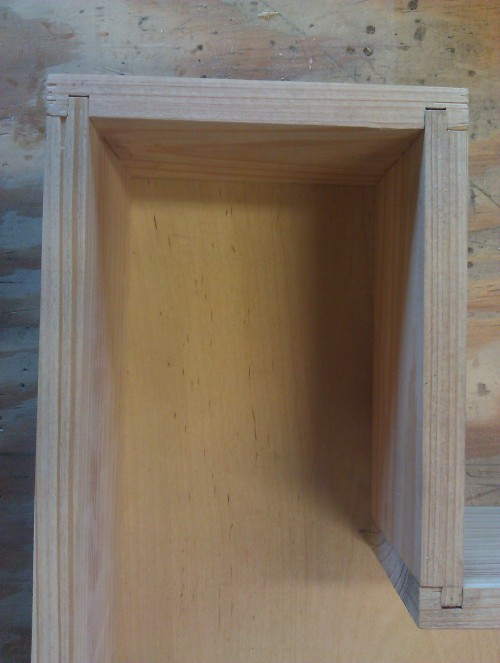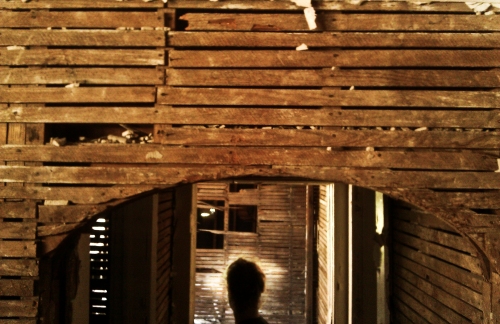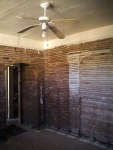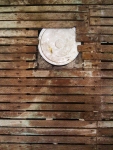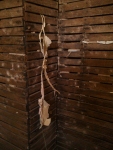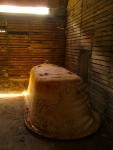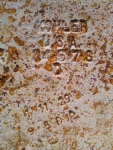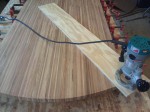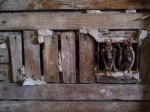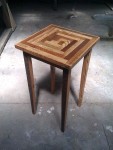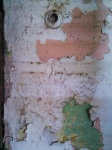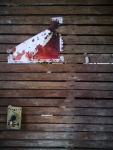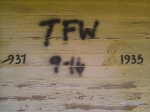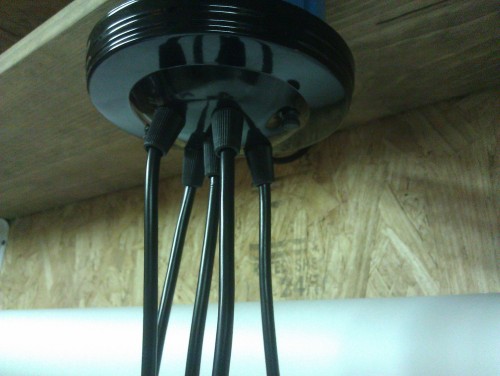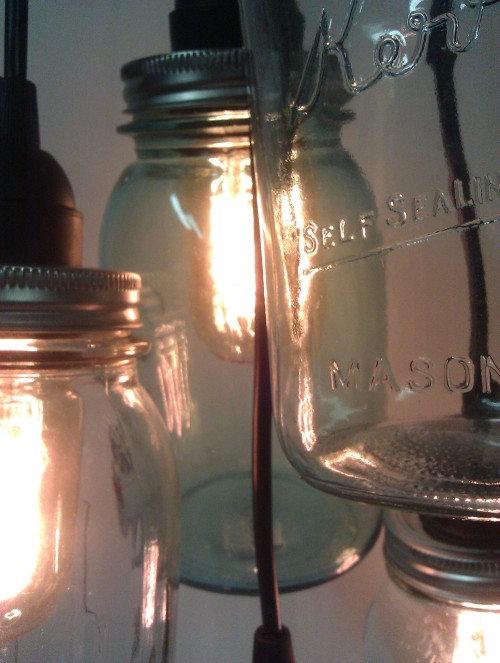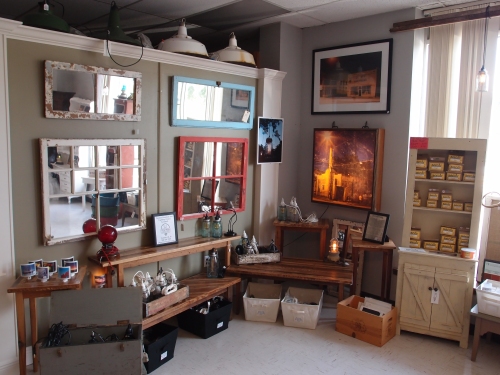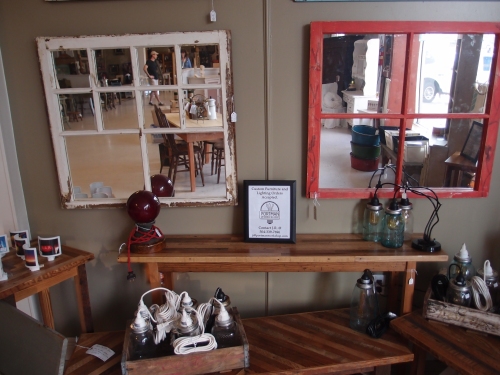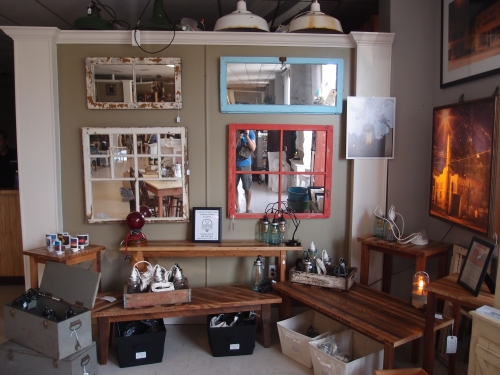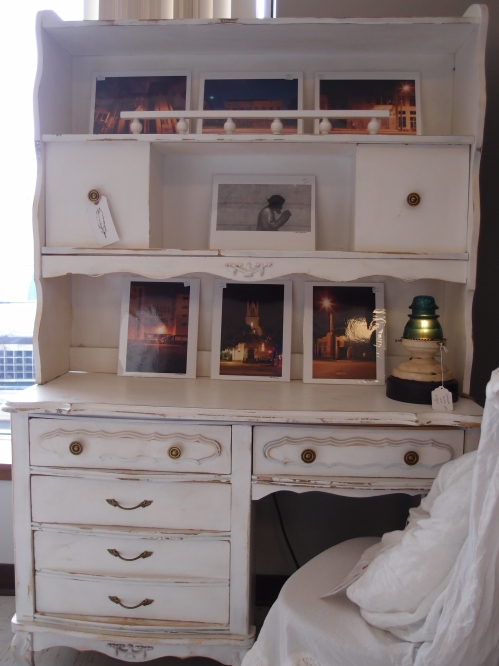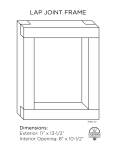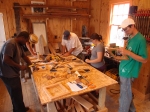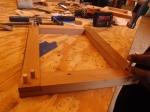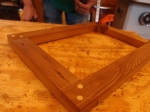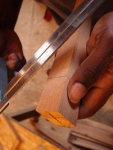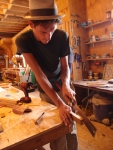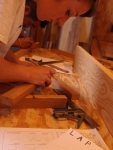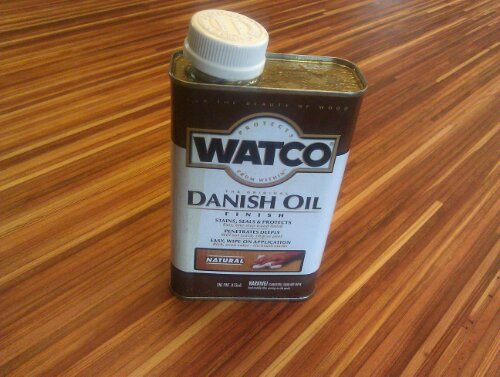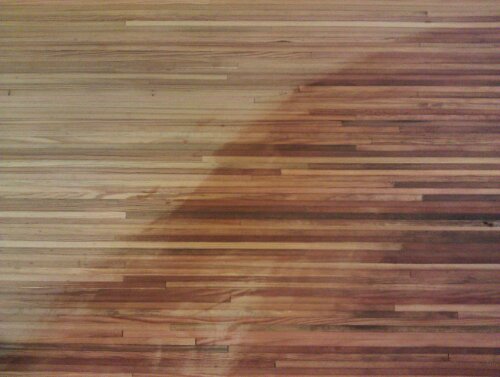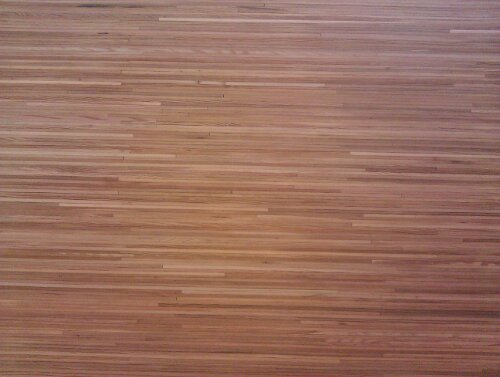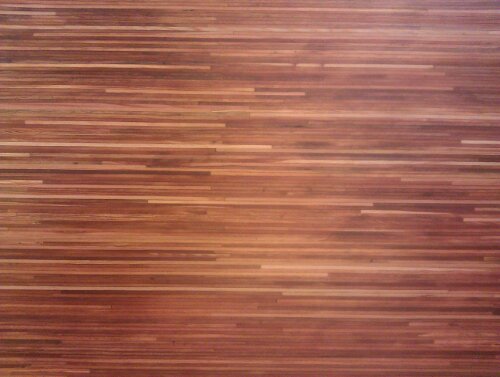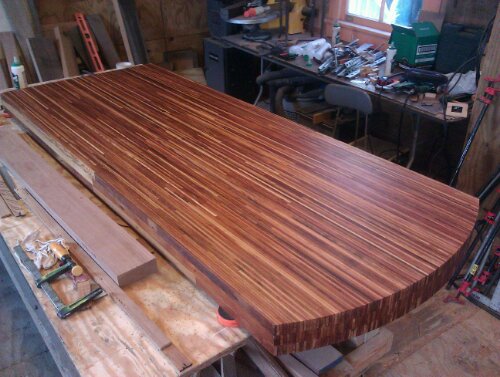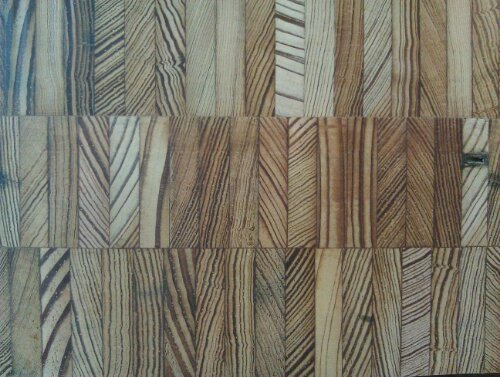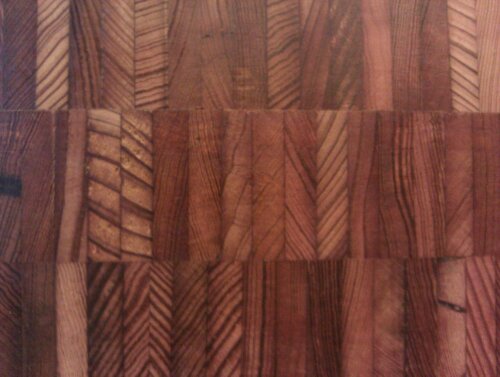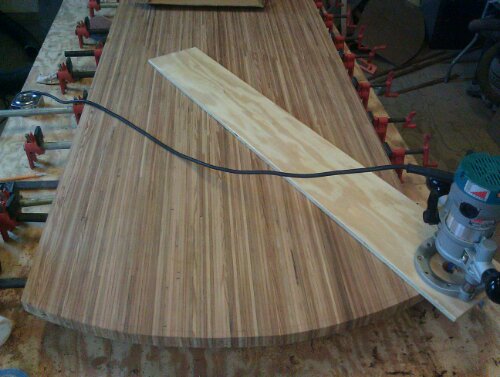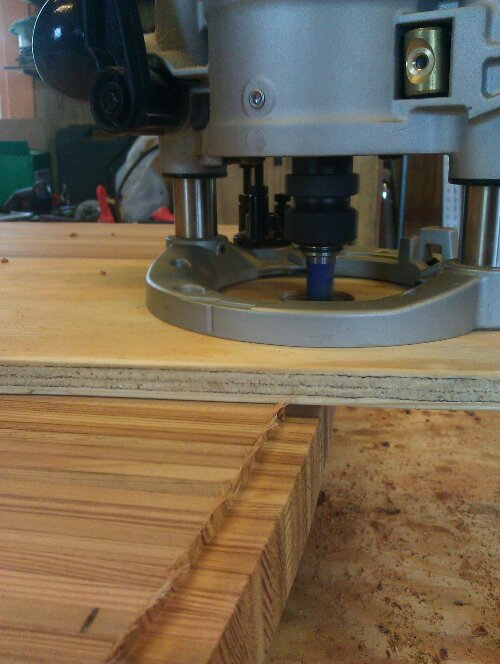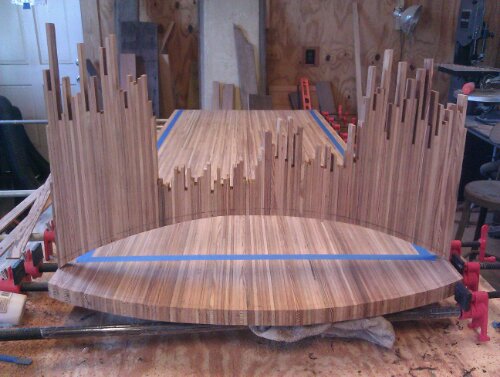This month I finished work on a commission to design and build a custom chandelier for a firehouse that is being revamped into the greatest dance and dance fitness studios that New Orleans will ever know. Nathalie Gomes Adams, creator of Dance Quarter, has been a professional dance instructor for years (she taught me how to dance east coast swing, lindy hop, balboa, and a slew of other styles) and has always longed for a great venue in which to teach the New Orleans community how to dance to the music it created. So she and husband Craig Adams bought the decrepit firehouse at 1719 Toledano Street and have been working tirelessly to turn it into a swanky space with a cafe downstairs and four open studios in which to host classes and dances. My job has been to make the chandelier in the entry way, or, as Nathalie put it to me, “the first thing people see when they come in the door that makes them go ‘whoa’.”
I love the challenge of doing custom work, but it is time-consuming. We first began discussing ideas for the chandelier in August 2012, and I just finished and installed the thing yesterday, November 2012. My guidelines were only that it had to have that “wow” factor and that it be made, as much as possible, with non-traditional parts (read unusual). So, my first step was making a pinterest board with all the chandelier images I could find that I thought fit the bill.
Once she picked out a few styles that she liked, I started thinking logistics. How high is the ceiling? How high off the ground should it be? What size chandelier will fit the shape of the room? With these questions in mind, I made some simple drawings to help figure out what shape it would take.
My original idea was to use a bicycle wheel wrapped in LED lights with some sort of glass hanging from the spokes. But after figuring out the dimensions that would work best for the room, a bicycle rim seemed too small so I ended up using a piece of ornamental Iron grating that Craig salvaged from the building. My dad took on the task of getting all the grit and old paint off the iron with a wire wheel on a grinder. Thanks pops!
The glass hanging from the chandelier was tricky to figure out as well. I was going to have to drill a small hole in the bottom of whatever glass we chose, so we searched for something that wasn’t too big or heavy that had a nice shape, but that also didn’t have too thick of a base. If you’ve ever drilled glass, you know that those bits are expensive and will burn out quick when having to drill thru thick walled glass. We ended up using a style of votive candle holder that was the size of a small drink tumbler. Drilling glass underwater helps extend the life of the bit, and my dad helped with this too (he’s not a bad helper, for an investment broker!)
To string the beads to the iron, I thought that a heavy test fishing line would do the trick nicely, so I went and got some from a local fishing supply store, and then I went to The Bead Shop (4612 Magazine Street) to get some beads which I planned to thread on the line to hold the glass in place. Mind you, I’ve never done anything like this before and i’m making it up as I go along. And this is also the part of the story where I give props to the people at the Bead Shop for saving me from making a huge blunder. While explaining to them what I was trying to accomplish, one of the three salespeople helping me (pretty good service, eh?) warned me that fishing line gets brittle over time and may eventually break. Glasses plummeting from thirteen feet high onto the heads of people below is decidedly not the effect I was going for with this piece, so I ditched the fishing line and ended up getting some silver coated heavy-duty bead string that will last forever. So, if you only take one thing away from this story, it is that supporting your local business can save your a**! I could have gone to Wal-Mart or whatever and bought my beads and never would have spoken to a soul, as there would have definitely not been an expert there or willing to help me. But I gladly will trade the pennies I would have saved for the advice and customer service I received from the local joint, and the disaster-aversion advisement was included in the price.
So, once I had all my supplies and all my glasses were drilled, I sweet-talked my wife into helping me string the glasses up to the iron grate. I’m used to working alone, but there was no way I could have done this part without a second set of hands. Trying to space out the glass, tie knots of micro thin wire, and support the line of glass all at the same time would have meant a lot frustration and possibly some more disaster had I attempted it on my own, so here are some more props, this time for my wife.
Finally, when it was all made, I bubble wrapped every single piece of glass to protect them in the transport to the firehouse. My dog Max helped me with this too, but he gets no props. He was a terrible helper.
After the iron and glass were up and suspended from the ceiling rafters, the bulk of the chandelier was done, but I still had to illuminate it and there was really no way to know for certian how the light would refract thru the glass and how many bulbs would be needed until it was up. I tried a centralized cluster of three bulbs in the middle of the glass but that didn’t seem enough so I ended up using seven sockets spread thru the fixture and it looked good.
The bulbs you choose for a fixture can make all the difference, so I showed them a few options (vanity globe, silver-capped) but saved the one I knew they would choose for last.
Everybody loves Edison bulbs.
And so it was finished, just in the nick of time. The firehouse opened last night to a big and very excited dance crowd. And yes, I did overhear a person or two say “whoa” as the looked up at the chandelier, so I guess that is mission accomplished.


